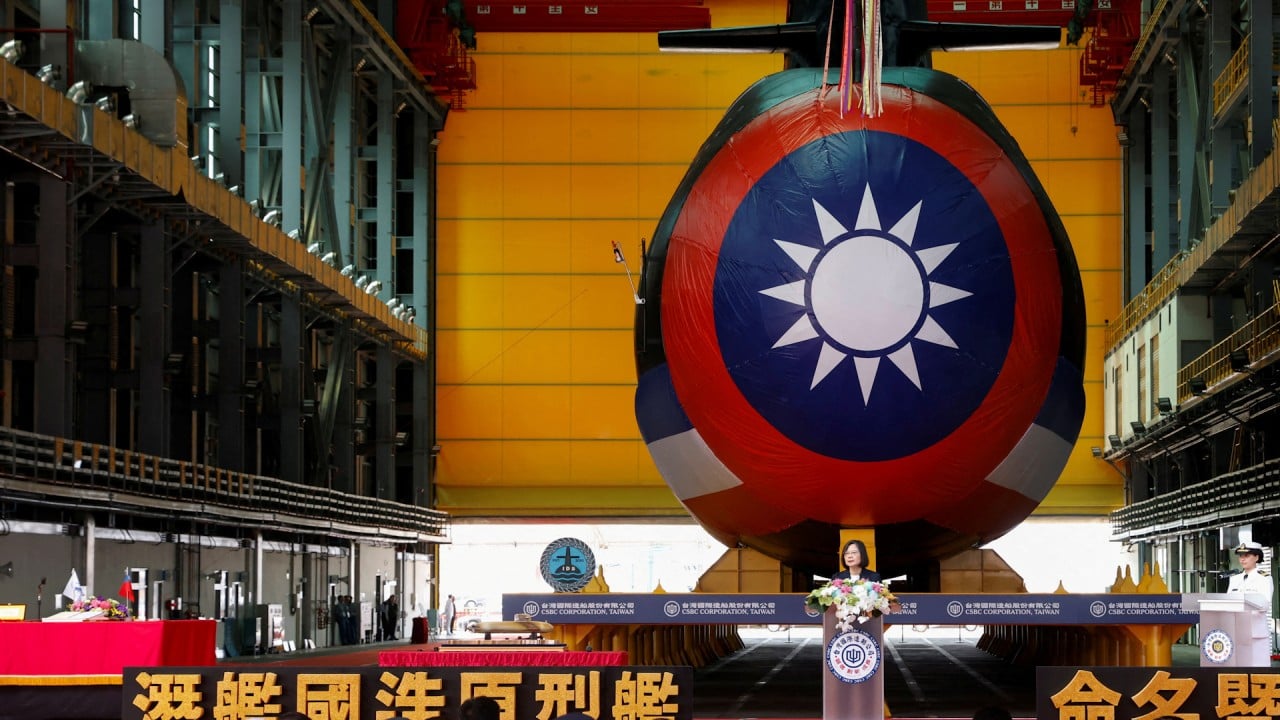A US congressional committee questioned the US Navy on Thursday over what it called “alarming delays” in weapons deliveries to Taiwan, asking why production sometimes languished for months or years after purchasing deals were signed.
“Bureaucratic delays within the Navy are impeding the timely production and delivery of key weapons to Taiwan – including critical anti-ship missiles – and undermining efforts to prevent war,” the lawmakers wrote.
Taiwan’s start-ups explore alternative markets as cross-strait tensions grow
Taiwan’s start-ups explore alternative markets as cross-strait tensions grow
It took until April 2023 for the Navy to enter a contract for production of 400 ground-launched Harpoon missiles to Taiwan, the lawmakers wrote, noting that was two-and-a-half years after the defence department’s October 2020 announcement of the sale to Taiwan of the weapons. That risked putting delivery beyond 2027, the year US officials say is China’s target date to be ready to conduct an invasion.
Gallagher and Kim said 10 months after Taiwan’s December 2022 acceptance of deals to buy 60 air-launched Harpoons and 135 SLAM-ER missiles, the Navy still had not asked contractors to submit bids for production. Such lengthy timelines were not unique to those two systems, they added.
“The inability to supply key weapons at such a consequential moment in our efforts to prevent war is deeply troubling,” they said, asking the Navy to clarify deadlines for Harpoon delivery and requests for bids for those missiles, and provide assessments for speeding up contracting and production.
China has repeatedly demanded the US end what Beijing sees as Washington’s provocative support for the island’s military.
The US, which like most countries has no formal relations with Taiwan, is the island’s most important arms supplier, and top US military leaders also have acknowledged the need to speed up delivery.
Taiwan has in recent years complained of delays to other US weapon deliveries, such as Stinger anti-aircraft missiles. Taipei has asked the US at times to turn to alternate suppliers or allies to help source equipment.


